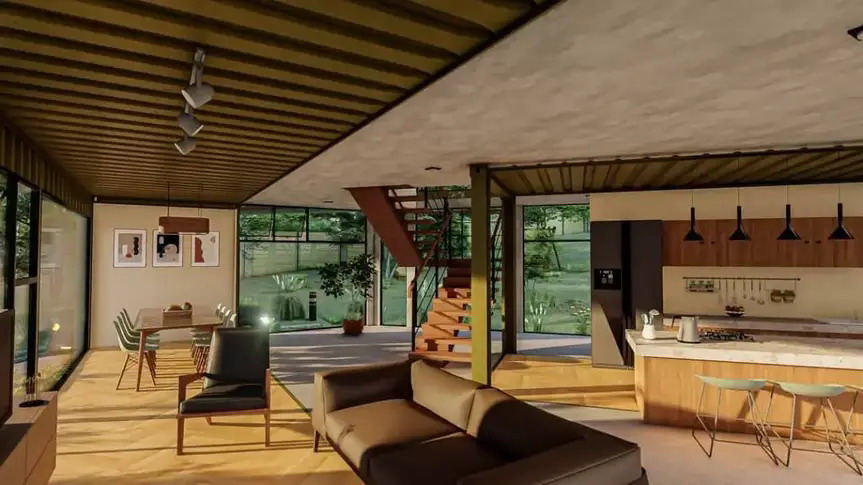Residential container houses have been widely used in temporary housing for various types of engineering projects, becoming a favored choice. So why are residential container houses so popular and widely used in temporary engineering housing? Let's analyze it below.
Flexibility and Mobility: Residential container houses are favored for their flexibility and mobility. They can be easily transported to various construction sites and can be rearranged and adjusted according to project needs, providing flexible solutions for projects.
Rapid Construction: Compared to traditional building structures, residential container houses can be constructed more quickly. Through simple stacking and assembly, construction can be completed in a short time, meeting the urgent needs of engineering projects and improving construction efficiency.
Cost-Effectiveness: Compared to traditional buildings, residential container houses are more cost-effective. This cost-effective feature makes them an ideal choice for many engineering projects, especially for short-term or temporary projects, saving a considerable amount of money.
Comfort and Convenience: Residential container houses not only provide basic living functions but also can be internally decorated according to requirements to enhance living comfort. Additionally, they are usually equipped with basic living facilities such as electricity, water supply, and drainage, providing convenience for engineering personnel.
Environmental Friendliness and Sustainable Development: Residential container houses are typically made from repurposed shipping containers, effectively utilizing resources and aligning with the concept of sustainable development. Through this method, not only is construction waste reduced, but energy and materials are also effectively conserved.
The extensive application of residential container houses in temporary engineering housing is due to their many advantages, including flexibility, mobility, rapid construction, cost-effectiveness, comfort, convenience, environmental friendliness, and sustainable development. They can meet various needs of engineering projects, improve construction efficiency, and reduce costs, making them favored by the engineering industry.
